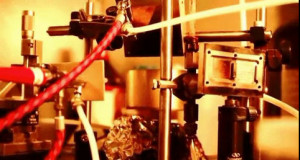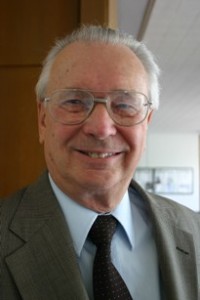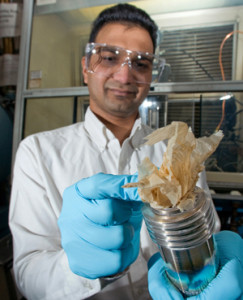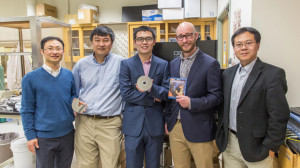
The SparyLD system developed by University of Toronto researchers can spray colloidal quantum dots onto flexible surfaces.
Credit: University of Toronto
Teams of scientists from around the world have been working on a way to produce spray-on solar cells for some time now. Recently, a team from the University of Toronto Faculty of Applied Science & Engineering has moved to the forefront of the race due to their latest breakthrough involving a new method for spraying solar cells onto flexible surfaces.
The prototype applies colloidal quantum dots via spray. These dots are a type of nanotechnology material that are light-sensitive.
This from Gizmag:
In such spray on solar cells, quantum dots would act as the absorbing photovoltaic material. Because they have a band gap that can be tuned by altering the size of their nanoparticles, they can be made to soak up different parts of the solar spectrum. This could prove particularly valuable if they were to be used in multi-junction solar cells, where dots small and large could sit alongside each other to widen the cells’ energy harvesting potential.






